ASUS Republic of Gamers and X79 ROG Review – Rampage IV Gene, Formula and Extreme
by Ian Cutress on August 3, 2012 1:00 PM EST- Posted in
- Motherboards
- Asus
- X79
- ROG
Alongside the ROG software, ASUS still bundles in its standard software package, AI Suite II, though with an ROG colored theme. AI Suite II is the way that ASUS bundles all their separate smaller programs into one interface. This is overly more beneficial compared to some other manufacturers' solutions, which can sometimes consist of more than 5 different programs, one for each feature.
Over the past few years, AI Suite has developed from a somewhat slow program that interfered with deferred procedure call latency to a streamlined interface that is quick, easy to use and something worth having. Within AI Suite, we have the following options:
ASUS AI Suite – TurboV Evo
TurboV Evo in AI Suite is our series of CPU and voltage overclocking tools. As shown below, each of the choices is determined by a slider. I typically use TurboV Evo to probe my maximum overclock with regards stability, and then perform a manual change in the BIOS to near those values, then double check again in software.
Part of TurboV Evo is also the CPU Level Up feature, which enables users to apply a series of pre-defined overclocks to their system. We analyze these later in the review.
Because of ASUS' digital design, all of the TurboV Evo features can be manipulated in real time.
ASUS AI Suite – Digi+
Echoing what we have said previously about Digi+, AI Suite also allows direct control of several of the power delivery settings through AI Suite.
Both CPU Digi+ and Memory Digi+ are independently selectable. On platforms with integrated graphics, the iGPU also has Digi+ options.
ASUS AI Suite – EPU
The Energy Processing Unit on an ASUS motherboard is designed to analyze the system, including CPU loading and IO usage, and subsequently regulate power as required to find a balance between stable usage, performance, and energy saving. For most of the channel boards, this makes sense - users in those markets are often looking for ways to save energy. By having a dynamic processor on board to deal with this is a good thing. It is not so important for ROG products, but present if needed. ASUS have a small slideshow online to describe more of the history of the EPU.
Software wise, an interface is provided such that the user can control what types of energy saving may be beneficial to them:
ASUS AI Suite – Fan Xpert
Fan Xpert is one of the key jewels in ASUS' crown. Even though there are advanced fan controllers placed on ASUS motherboards, they are nothing if not paired with some form of configurable software to maximize their usefulness.
On the X79 platform, ASUS use their initial Fan Xpert software, which allows for predefined settings on each of the fan headers on board, or a user-defined profile with two gradients. The software will also test the fans to determine what fan power in the profile relates to which fan speed.
The Z77 platform benefits from Fan Xpert II, which can utilize onboard temperature sensors (either individual sensors or a weighted combination of several) to determine what fan speed should be used under what circumstances. You do not get this level of control with any other motherboard manufacturer.
ASUS AI Suite – Probe II and Sensor Recorder
Part of ASUS' software backbone is to ensure that for whatever extreme configuration the user has selected, they should be told if it ventures outside a series of safe parameters. This is important for a long-term substantial build, should anything fail (CPU fan, water-cooling pump). The AI Suite Probe II software is what this does - by setting an immediate threshold, AI Suite will pop up whenever it goes above the threshold to take action. The Sensor Recorder part of AI Suite will also help the user determine when those thresholds are broken.
ASUS AI Suite – AI Charger+
It is becoming more of a standard feature on motherboards in general over the past year or so to include one USB port that is capable of charging devices more so than the other USB ports. A typical USB 2.0 port provides 100-500 mA depending on how it is wired and the requested power, and a USB 3.0 port provides 150-900 mA. Typically, for a USB 3.0 port this means 300 mA during normal usage. This is also important when USB hubs are used.
By invoking a driver change, ASUS have wired specific USB 3.0 ports on various models of their motherboard range to hit 900 mA. This allows for a up to 3x faster recharging of devices if it can support this current - or BC 1.1 functionality. This means all regular Apple devices, or modern mobile phones. The AI Charger+ has to be invoked through software via AI Suite:
AI Charger+ is designed to work when the machine is any sleep state or turned off, but still has to be initially invoked through software.
Update: ASUS are working on USB Charger+, and should be updating this soon.
ASUS AI Suite – USB 3.0 Boost
A few pages ago we discussed USB 3.0 Boost - the combination of hardware and software to enable different sets of commands to be issued through USB 3.0 to speed up transfers. On the software side, the interface in AI Suite shows the following:
Here we have our OCZ Vertex3 connected to a Thermaltake BlacX 5G, a SATA 6 Gbps to USB 3.0 device. UASP mode has been enabled, indicating that we will get faster small file transfers than standard operation. If the device attached is not capable of UASP (through its controller or other mitigating circumstances), then a user can enable Turbo mode to enable BOT protocols.
ASUS AI Suite – My Logo
Have you ever wanted to get rid of the manufacturer logo when you boot up the PC? ASUS have provided software to do just this, in the form of My Logo. With an appropriate format image, the system will adjust the basic boot up sequence to show your image instead of the ASUS one. For a new machine build I did this recently for a family member to personalize their machine a bit more. System builders can also use this to place their own company's image.
ASUS WebStorage
There are currently many different avenues for online storage on the market. Personally, I use a combination of Dropbox and Google Drive to sync data between my machines, in particular all these reviews I write - in case one computer goes down I would still have the most recent version online in order to recall it on another machine. I also use online storage to share photos with friends and family. ASUS have noticed this trend in recent months, and want to get in on the action.
ASUS WebStorage comes as part of the driver disk with the motherboard, but is open to all via the website. The standard storage is 2GB, and the idea is to synchronize this storage across all your ASUS devices - smartphones, tablets, laptops and ultrabooks.
While this is a 'nice idea', where I am it is rare to see anyone with an ASUS device - maybe spot the odd one or two in a coffee shop once a month. Thus to find anyone who relies solely on ASUS products in the home for all their needs would be rare, or work for ASUS. Nevertheless, it is present when needed, and no doubt it also helps ASUS as part of their decision making with what to create next if they can discern what types of content people want to share.
Users who want to invest in ASUS WebStorage Professional also get access to automatic backup schedules, data version control, and a billing scheme based on usage per month rather than a fixed peak usage.


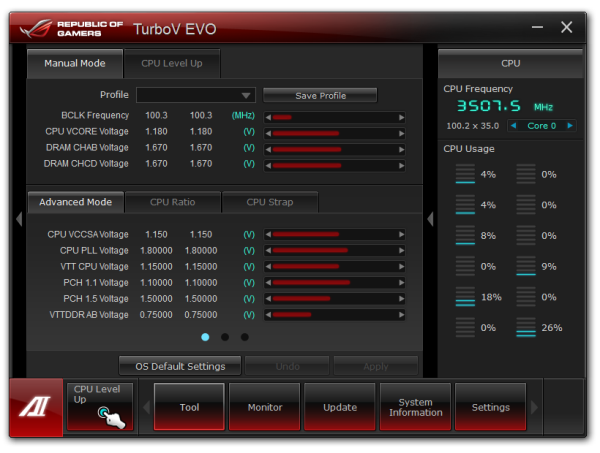




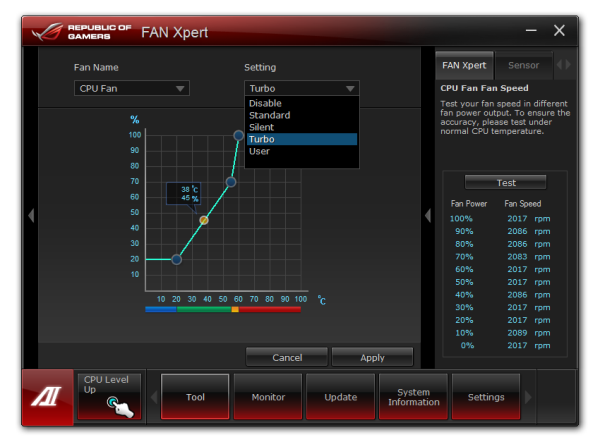
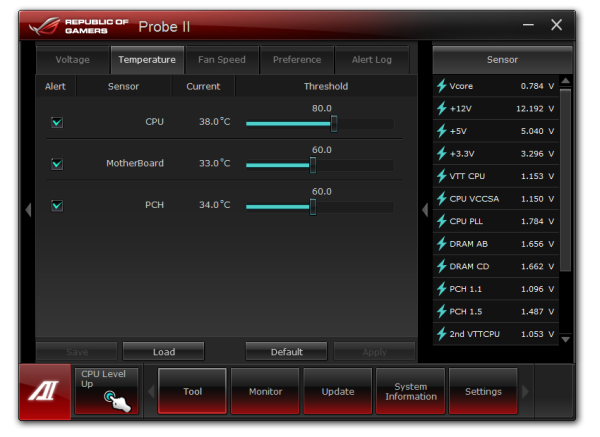
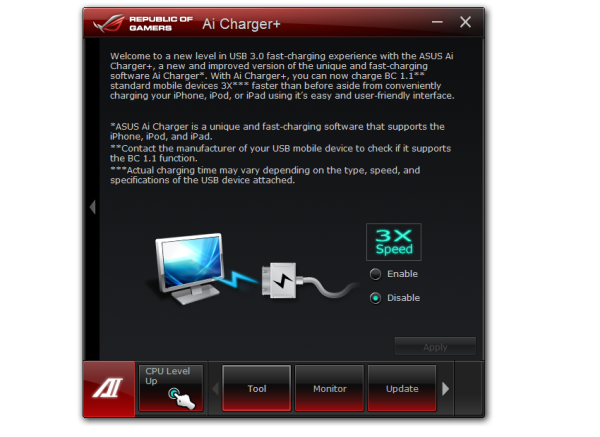

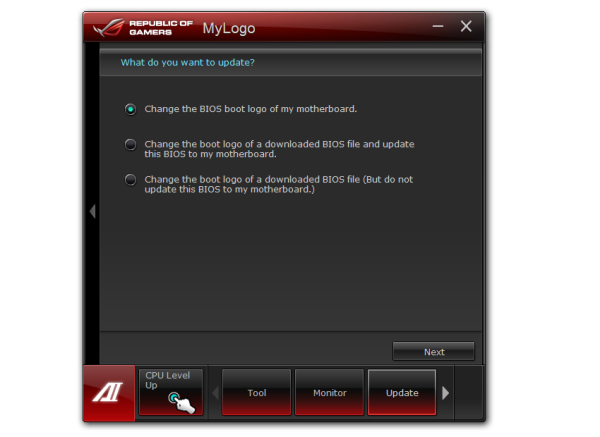
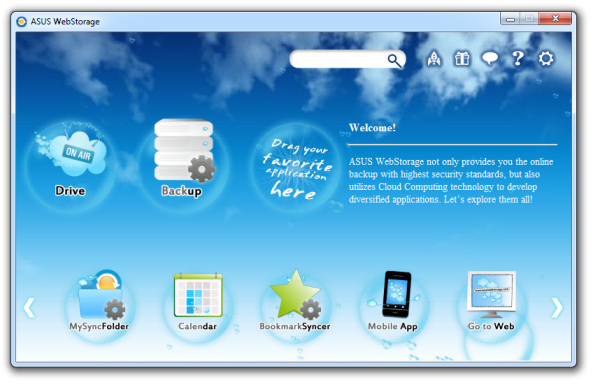














34 Comments
View All Comments
DaViper - Sunday, August 5, 2012 - link
Very Good Article Ian Cutress, BUT wheres the rest of the ROG Brand like the Crosshair Boards. there really is nothing in the Article about anything AMD/ATI side of ROG. We that do have the AMD side do like to see reviews about them as well but most of the time we get left out and considering here shortly there will be a New Addition to that line although it's named for Gamers but instead it's aimed Squarely at OverClockers and has all the Gamers Perks Removed.GL1zdA - Monday, August 6, 2012 - link
I have the Rampage IV Formula board and since the version of Daemon Tools bundled with the mainboard is outdated (and you can't upgrade it to a newer version) I e-mailed the Daemon Tools team to ask about an upgrade. They offered me upgrading to Daemon Tools Advanced with lifetimes upgrades for 10 Euro - a nice deal considered the full version would cost me 35 Euro.I also mailed the cfos team to ask about upgrading the outdated GameFirst software to regular cfosSpeed (I was using cfosSpeed for years on my other PC), but they never mailed back.
pandemonium - Monday, August 6, 2012 - link
That was a very inclusive article. Thank you!I am curious to see if newer drivers would improve 3x/4x scaling, though, for the games tested I don't remember any noted improvements from AMD's Catalyst changelogs...
dj christian - Wednesday, August 8, 2012 - link
Is this article bought by ASUS? I see no reason for the reviewer to do the same for other motherboard companies even including Intel.